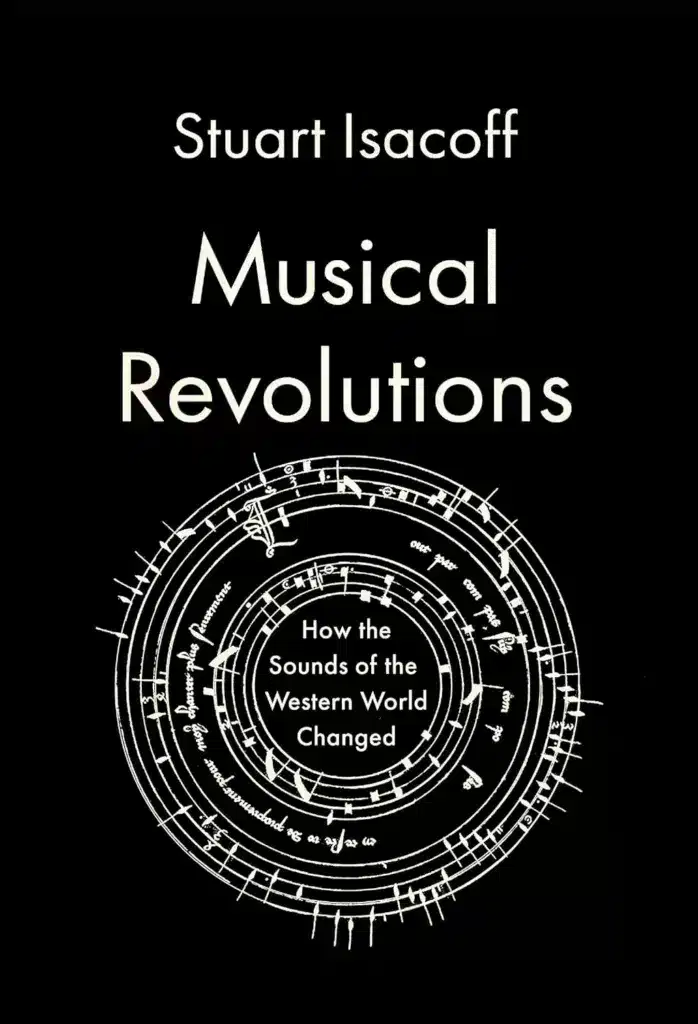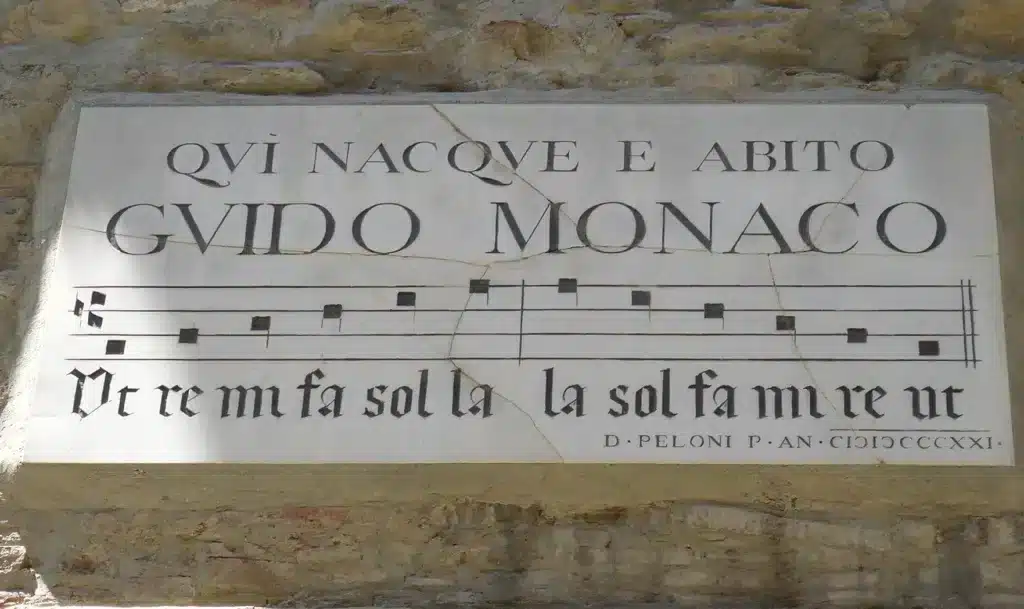I firmly believe that musical revolutions, as in any other artistic form, result from an emergent process, an a posteriori observation, rather than the result of deliberate choices. On the contrary, history confirms how the latter produced only apparent changes, the life cycle of which died out very soon, leaving only a fleeting trail of ash.
In his book “Musical Revolutions,” Stuart Isacoff highlights precisely all the historical turning points. Those events, the consequences of which produced remarkable and lasting changes and which likewise, helped to enhance the artistic power of music as the “privileged” medium for emotional communication.

If, As Schoenberg argued, “art must reflect reality, and therefore when the latter is ugly, music must also be able to bear witness to the ugliness,” it is also true that the first part of the statement implies that art, as a mirror of reality, cannot but be historical, that is, follow a constant and unstoppable evolution.
On the other hand, it is also true that music bears witness to a doubly subjective reality. That is, subjective for the composer, who, no matter how much he or she may seek objectivity, will always be “captured” by his or her temperament, and subjective for the listeners, who, perhaps more than in any other artistic expression, decode musical messages without any objectively defined pattern.
In this historical process, it is natural for ideas to be born, grow, and come to their crowning point or sometimes perish to make way for new ideas. Moreover, unlike “master-planned” revolutions, many of the most innovative gimmicks went almost unnoticed for a long time and sometimes even met with enormous resistance.
Just think of Guido of Arezzo, a monk and musician who, tired of a teaching approach based on pure oral communication, thought of an efficient way to encode music and make it available to anyone who knew the basic theory. Thanks to him, it is possible today to play Renaissance, Baroque, etc. music, but, believe it or not, his idea, at once simple and ingenious, was opposed by many choir masters.
There are many reasons for these reservations, but the first place is a kind of “conservative idolatry” that seems to act as a protective screen whenever an artistic form has reached a reasonable degree of maturity. For reasons that Freud could explain better than a musicologist, many artists preferred not to try new things for fear of losing the certainties that had now gained notoriety.
It is therefore not surprising that the latest Beethoven, now on the threshold of Romanticism, received harsh criticism for his string quartets: “If contemporaries did not like them, posterity would like them,” he used to repeat with seraphic patience, almost as if he understood better than anyone else what strange dynamics governed the “market” of pleasures.
And what about Bach, who could weave the most sublime polyphonies and make his music a refined theology? While many contemporaries were ready to praise him, many notables and clergymen criticized his “overly elaborate,” almost pedantic ways. No wonder after his death, his son Carl Philipp Emanuel, with a mature and highly personal style, giving birth to the period of classicism, unwittingly threw his father into oblivion.

Only Romanticism’s search for historically classical roots led composers such as Mendelssohn to revalue Bach and have an almost religious reverence for the Kantor. But this, after all, should not be surprising. According to Matthew, Mozart admired Bach and studied him in depth, leading to the composition of the famous Jupyter Symphony, where the polyphony resonates almost like a coral from the St. Matthew Passion.
However, the force of personality (i.e., that element we mentioned at the beginning, which is the spark of every revolution) could not let itself fall into a melancholy memory and an equally pathetic attempt at imitation. It is only natural that history, in its relentless progression (a concept that is hard to accept for those who make conservatism a reason for living), shifts accents, changes perceptions, and, often ruthlessly, makes one forget what does not deserve to end up in a basement.
But, on the other hand, in an organic process, forgetting is only temporary. The beautiful does not wane; it may hide or recede from the domain of the senses, but then it always returns to the scene. This is one of the most striking features of art: it, despite its historicity, possesses a timeless value (of course, I am not talking about financial value) that cannot be affected by novelty.
Anyone who loves Picasso and Dali cannot fail to be amazed as they walk through the Sistine Chapel, and this, far from detracting from the value of abstractionism or surrealism, is based precisely on the observation that Michelangelo, in his own time, had succeeded in representing reality admirably. His frescoes, while making references to biblical events, were precisely what both the patrons and the people expected to testify to the greatness of God (or, instead, of the “God” they worshipped, who perhaps needed the grandeur of the works more than the intimacy of prayer in the desert).
And so we could continue until the emergence of jazz, ragtime, and then pop and rock music. It is bizarre to see how, while the “Vienna School,” with its strand that featured Haydn, Mozart, Beethoven, Brahms, Wagner, Schoenberg, etc., was trying (dare I say it, almost desperately) to keep alive a now declining tradition, on the other side of the world (i.e., in both America and Asia), musical cultures were developing their styles, unaware that they would soon gain prominence.
While it is true that Mozart contributed to the musical cause in an extraordinary way, it is also true that the same rule applies to his work as to Michelangelo, Raphael, and Caravaggio. An admirer of Duke Ellington or Led Zeppelin will find the first movement of the piano concerto “Elvira Madigan” sublime, but, as is natural, he or she will evaluate its beauty precisely concerning the past historical period in which that work was conceived.
In conclusion, I can only reiterate that art is in constant revolution, and not because someone decides to write a manifesto hoping to find “followers” ready to sacrifice their subjectivity to the common cause, but rather because individual ideas are living material, historical and subject to reflect the nature of society and culture.
In other words, artistic revolutions happen silently, and one can only notice their existence when they have crossed all boundaries and assumed the characteristics of a benign pandemic. Looking at a Canalicchio landscape, only then will one realize that Monet’s Impressionism is much more than mere singular extravagance.
If you like this post, you can always donate to support my activity! One coffee is enough!

